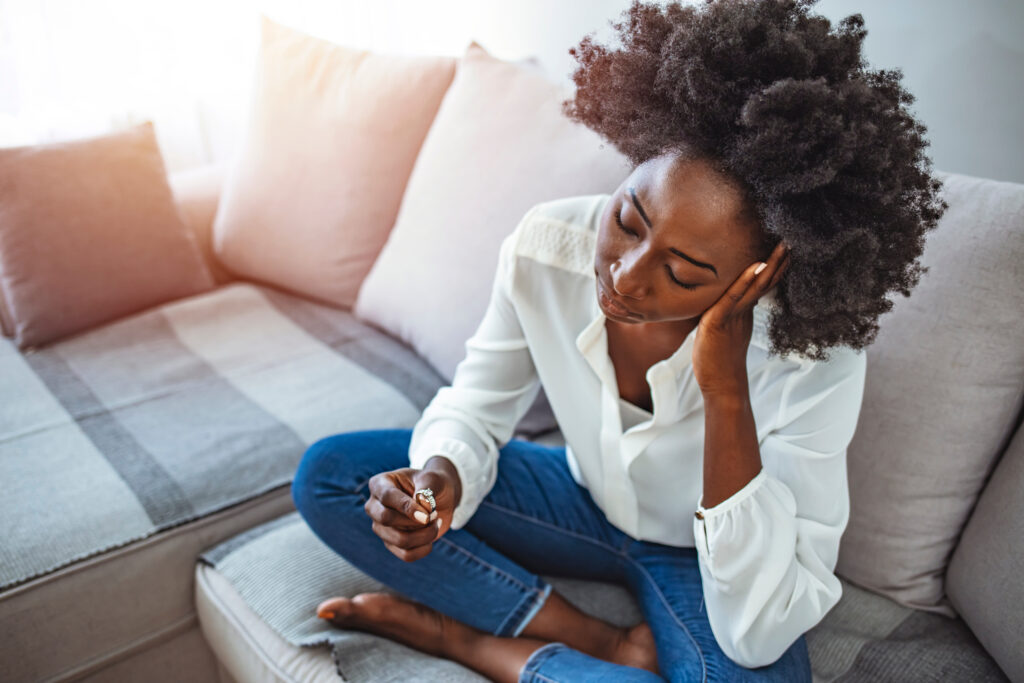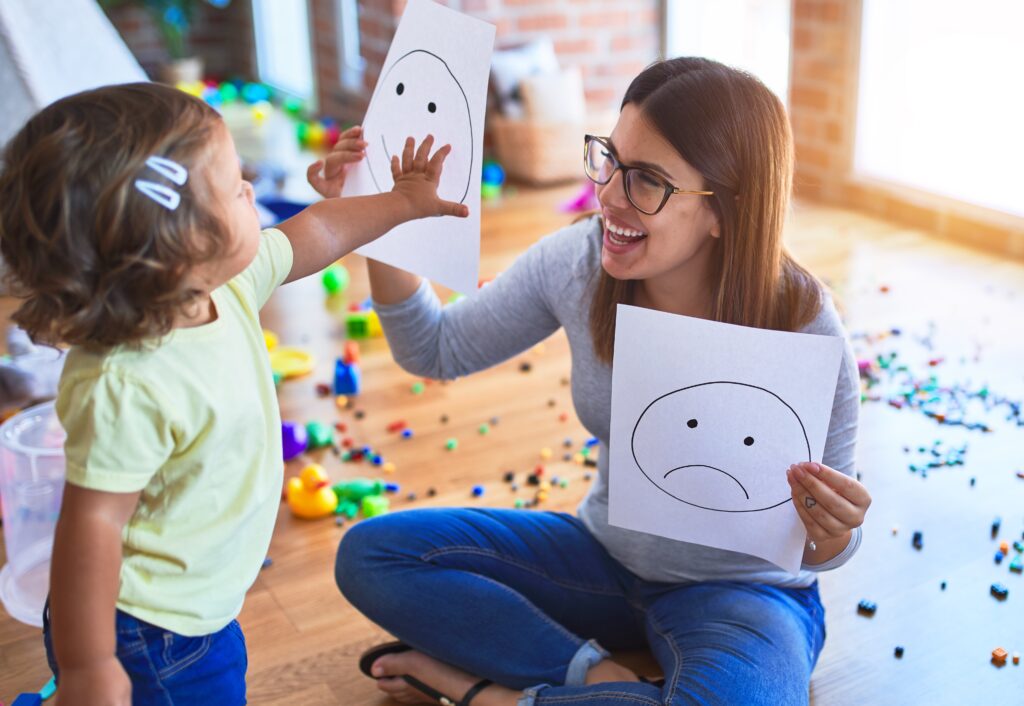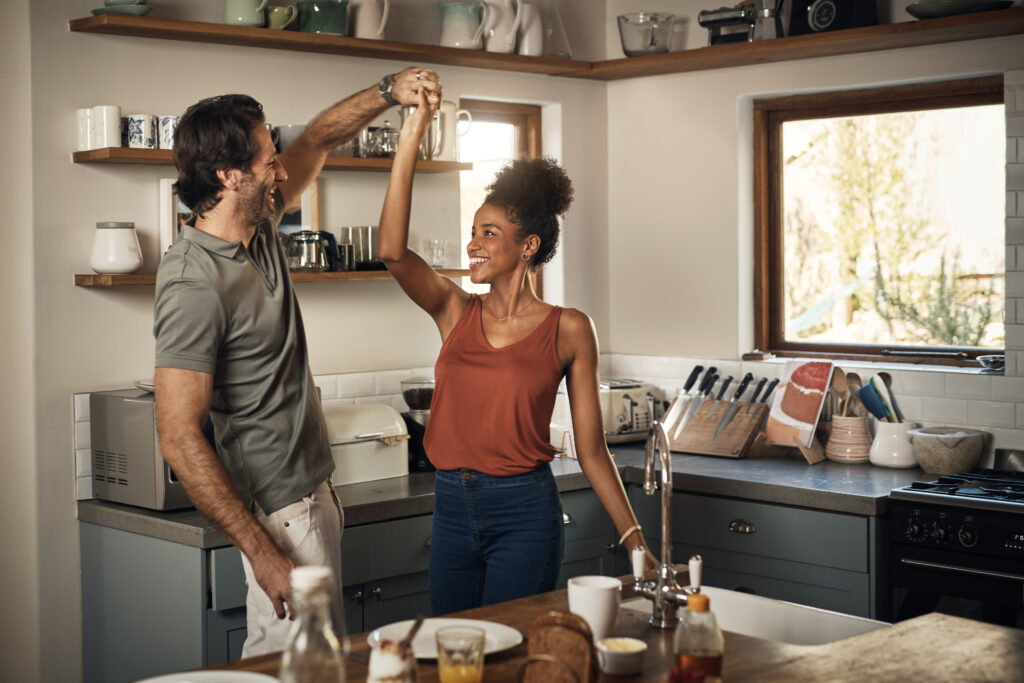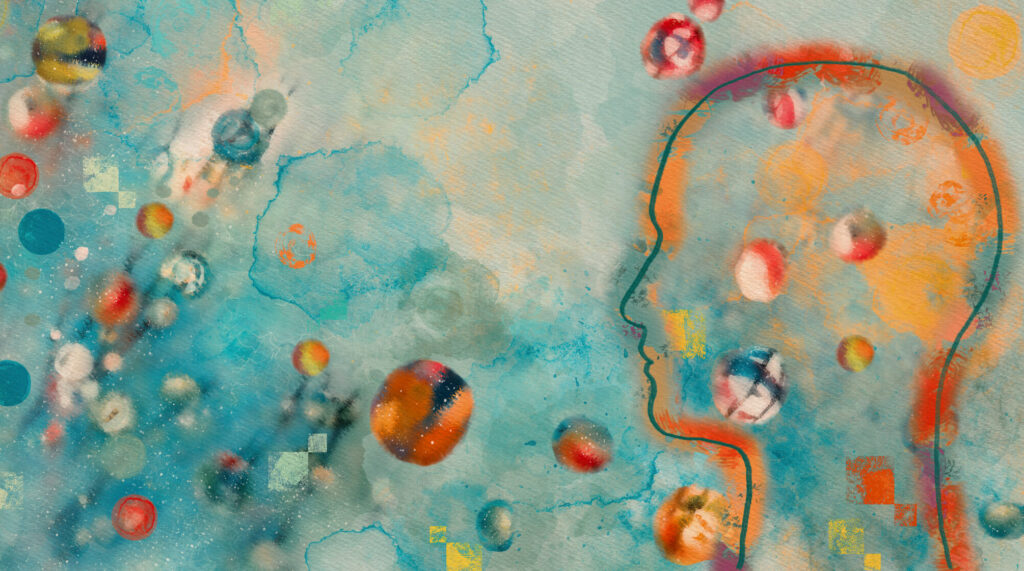By memorizing the following acronym and diagram, you’ll be equipped to evaluate what kind of relationship you’re engaged within any environment.
Brene Brown’s “Anatomy of Trust” explains how trust is BRAVING connection with others. Each of the following should be true of both you and the other individual(s) in the relationship.
Boundaries – you hold your own and respect mine
Reliable – you do what you say, over and over again
Accountability – when you make a mistake, you’re willing to own it, apologize, and make amends
Vault – what is shared is held in confidence; no gossip
Integrity – choosing courage over comfort; choosing what’s right over what’s fast, fun, and easy; practicing your values, not just professing your values
Non-Judgmental – I can fall apart or struggle without being judged by you
*NOTE: If you help others, but are not willing to ask for help in return, then you are viewing their need for help as a weakness. That is not a trusting relationship.
Generous – choosing to think generously of others when they make mistakes
Kay and Milan Yerkovich use a pyramid to demonstrate the different kinds of relationships we engage in, regularly.
“All people, including your spouse, enter at the bottom and, over time, earn their way to the top.”
We know someone is safe when that person is careful with our feelings and guards our confidentiality. Over time, safe people demonstrate that they can tolerate differences between themselves and others and be both the giver and receiver in a relationship. Safe people are willing to be honest and let us know when we have hurt them. And we see that someone is safe when we can say no and that person respects our boundaries without getting mad or pushy. All these characteristics and experiences build trust.”
We all have the internal resources to be tolerant and patient with other human beings. Whether they think similarly or differently from you, each human being is lovable. When we practice BRAVING and are aware of what kind of relationship we’re involved in, we know what is safe to share and how we can best listen or engage in the discussion. Practicing mindfulness will increase your ability to understand what is happening with your own body, emotions, and thoughts in response to another person’s words or actions. The understanding allows you to regulate your response, reducing reactivity, as you maintain tolerance.
Still, tolerance does not mean safe. Be aware of the signals your body tells you. And, when you’re questioning your own discernment, those you know are safe people can help you reclaim your sense of self.
It is in these discussions between safe people, where one or both are in their vulnerable state of “help me to understand” that we connect and grow more intimately sure of who we are and how we relate with others and the world at large.
“The basis of bonding is emotional connection and vulnerability.” – Kay Yerkovich








